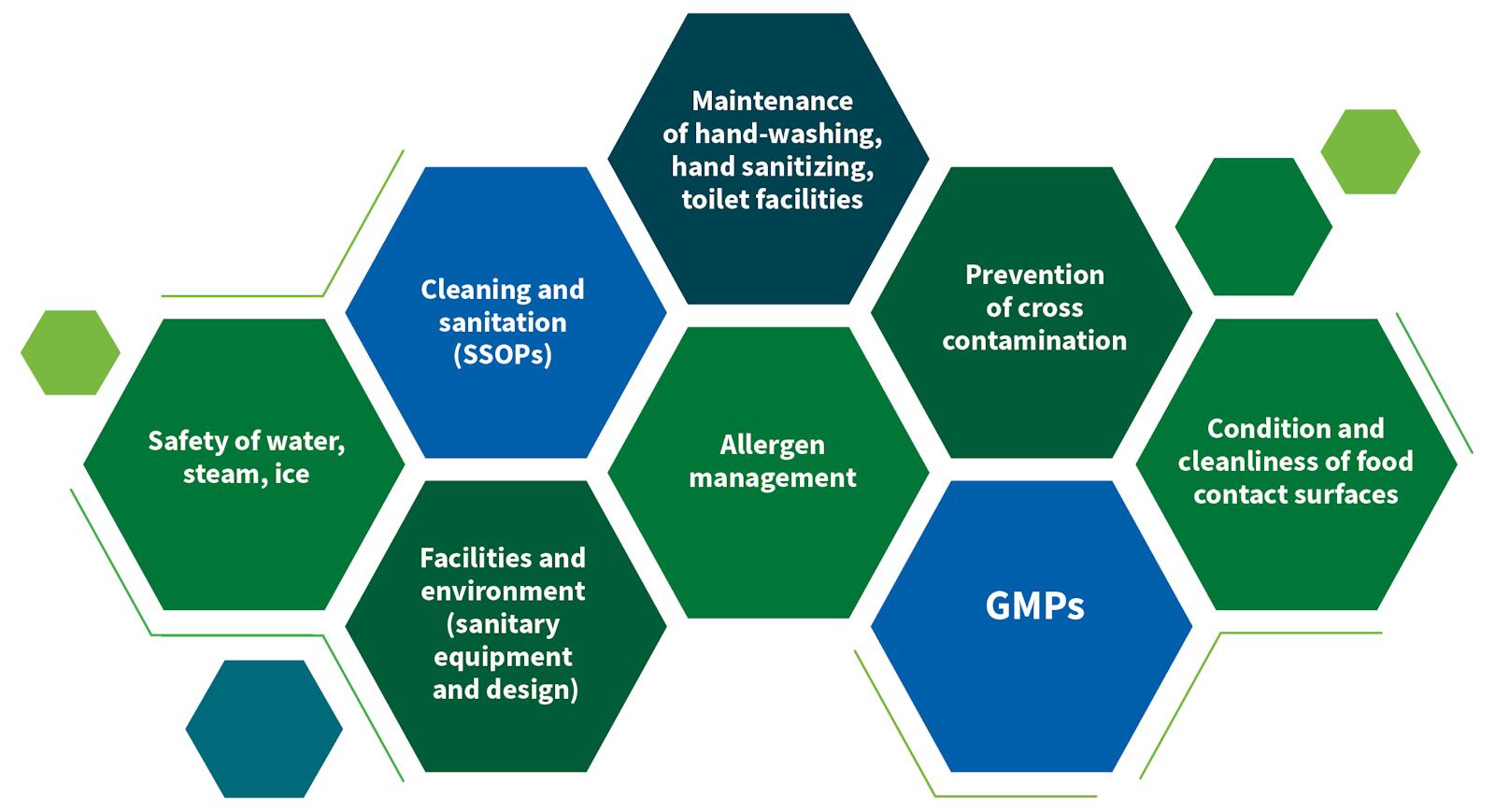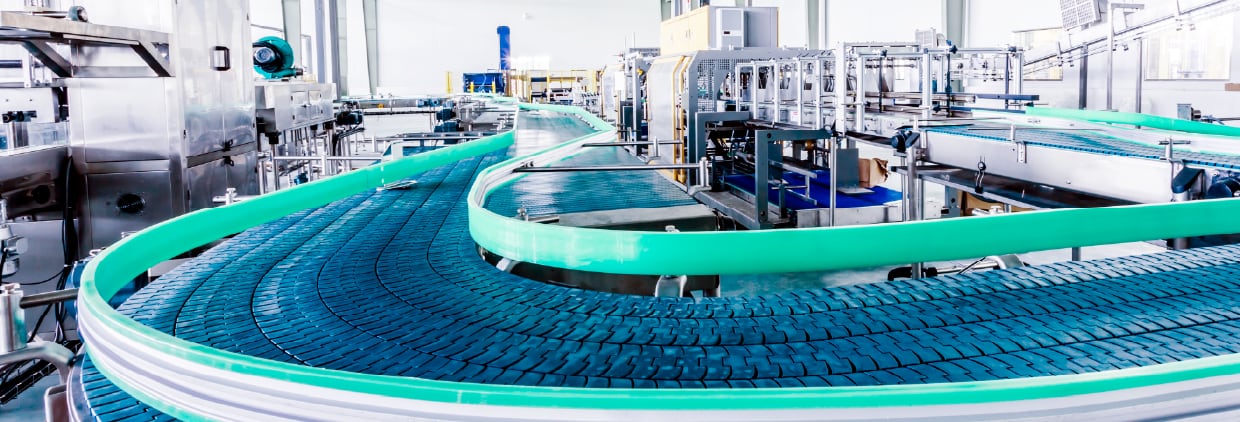As the cornerstone of modern food safety practices, environmental monitoring affords essential protection against hazards and recalls. Find out more here.
Environmental monitoring is essential to food and beverage safety, helping to minimise food safety risks while ensuring consistent quality that upholds a brand’s reputation. An effective, holistic environmental monitoring program keeps a business’ operations running smoothly and safely by identifying risks early, improving sanitation practices, and maintaining compliance with industry regulations.
Environmental monitoring is the cornerstone of modern food safety practices; it focuses on identifying, tracking and mitigating potential risks in a facility before they become full-blown problems.
Take this example
In 1998, a Salmonella outbreak sickened 209 people after they ate toasted oat cereal. Ten years later, in 2008, another Salmonella outbreak affected 28 people who ate puffed rice cereal from the same processing plant. When experts analysed the strains, they came to a startling realisation. The strains implicated in both outbreaks were of the same subtype. In other words, the Salmonella survived in the plant for a decade.
Outbreaks like this could be prevented. With the right environmental monitoring program, many foodborne illnesses could be averted or curtailed. Focusing on solutions to prevent microorganisms diminishes the possibility of a food safety incident and helps to prevent costly recalls in the tight-margin industry of food production.
Avoiding food recalls
Ensuring food safety and quality is a non-negotiable priority in the fast-paced world of food and beverage manufacturing. The stakes are high, as biological and chemical hazard contamination can jeopardise consumer health and a brand’s reputation.
Food recalls continue to come up in the news and are something most people have been aware of or impacted by. Everything from prepared ready-to-eat foods and produce to powdered formula has made headline news. Microorganisms like E. coli, Listeria and Salmonella are on the tips of the tongues of food safety specialists, as well as reporters and the general public.
“Industry experts are using technology and science to track, fight and prevent outbreaks”
Complying with regulations
Food manufacturing facilities, regardless of size or product produced, must comply with established regulations for food safety and quality. Regional and local regulations can require control of biological, physical and chemical hazards to prevent product contamination caused in production environments. Meeting these requirements can be accomplished through a robust environmental monitoring program.
Now, industry experts are using technology and science to track, fight and prevent outbreaks. Regulations are in place to help protect consumers from foodborne illnesses. The food safety world is shifting from the traditional approach of focusing on finished food products to focusing on the source of contamination before it starts. One effective method that food processors can use to improve food safety and quality is an environmental monitoring program, which is designed to reduce the risk of contamination based on the food or beverage being manufactured.
Laying the foundation for a proactive environmental monitoring program
A proactive environmental monitoring program begins with a thorough hazard analysis to identify potential safety hazards and quality risks that could emerge during food processing and handling. This foundational step sets the stage for a robust program that addresses contamination risks and helps ensure consistent product quality. The 2nd Edition Neogen Environmental Monitoring Handbook provides readers with clear guidance on establishing critical limits for monitoring, which are essential for defining safe operational thresholds.

Equally important is utilising sanitation measures and equipment modifications to reduce contamination risks at their source. Tailoring these measures to the unique challenges of a production facility helps prevent the introduction of pathogens and allergens into the environment.
To maintain the program’s effectiveness, the handbook also emphasises determining optimal monitoring frequency and establishing detailed record- keeping practices. The 2nd Edition Neogen Environmental Monitoring Handbook equips you with the tools and knowledge needed to:
- Identify risks before they affect products
- Maintain compliance with evolving food safety regulations
- Help protect consumers, a brand, and the business’ bottom line
By integrating these elements into an environmental monitoring program, companies can significantly reduce contamination risks, streamline operations, and protect their brand from the damaging effects of recalls.
The next chapter unfolds
The updated 2nd Edition of the Neogen Environmental Monitoring Handbook – created in partnership with Cornell University and food safety experts worldwide – is here to help food and beverage businesses navigate the complexities of manufacturing. This guide covers methods to identify and proactively manage risks in production facilities, helping to drive continuous improvement and ensure brand protection. There are even three exciting new chapters for a more robust food safety plan.
The handbook was created with food safety experts from around the world. With contributions from over 20 different authors and editors, this comprehensive guide offers a framework that can be tailored to help a wide range of food and beverage manufacturers implement an effective environmental monitoring program suited to their specific needs.
To download your copy of the Neogen Environmental Monitoring Handbook click here.


